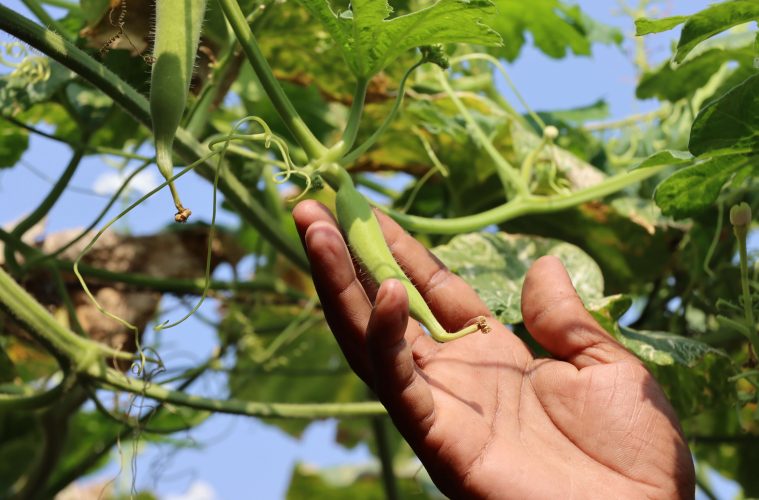There is no need to travel deep through forests and along coastlines to try foraging. You may have some unsuspecting plants in your own backyard that you didn’t know were edible. Make foraging for wild edibles a favourite springtime activity. Foraging can also be a fun process for the whole family and is an excellent way to develop a deeper understanding of and appreciation for the natural world around us.
Ferns
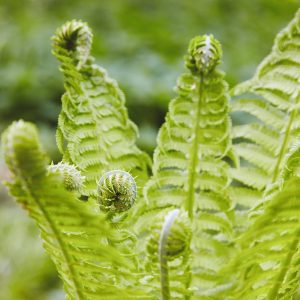
Pixabay
Ferns are well known to gardeners indoors and out for their lush foliage and 70s vibe. Often seen hanging around living rooms, they can also be useful in the kitchen – depending on the species you have. The edible part of the fern is called the fiddlehead, the young shoots that emerge curled up from the base of the plant. The ostrich fern (Matterocia strathiopteris) is the most commonly used species, but a few others are also considered edible. Make sure you double-check that the species you have is edible before preparing, as many species are considered poisonous.
How to eat: Fiddleheads should be harvested in spring before they begin to unfurl. The younger the shoot, the better it tastes, Run the shoots under water to clean them, then boil for a minute or two. Once prepared, they can be sautéed or steamed as a side. pickled, or tossed into an omelette for a nutritious breakfast. Ostrich ferns have a flavour reminiscent of asparagus and green beans.
Hostas
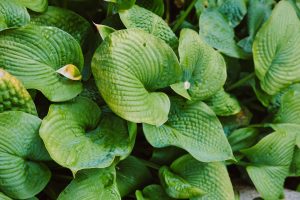
Pexels
Hostas are wonderful foliage plants for shady areas of the garden. The wide range of cultivars provides an option for every bed, from dwarf varieties to giant ones. And, as an added bonus the whole plant is also edible. Early shoots are a common food in Japan, known as Urui consumed in spring each year. The young leaves can be used in salads in a similar way to lettuce, with a slightly more bitter taste.
How to eat: Hostas are wonderful additions to salads and stir-fries. However, as with most foods, they become even tastier when battered and fried Harvest shoots early in spring and leaves later on as they start to unfurl. Watch out for slugs when harvesting – unless you want to add them to your meal too.
Read more: The secret to growing nasturtiums
Spekboom
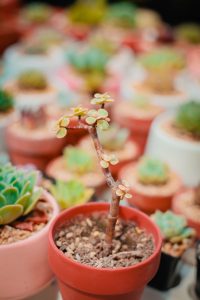
Pexels
Portulacaria afra, a beloved indigenous plant from the Eastern Cape, is common in South African gardens. The succulent leaves store plenty of water, making them ideal for water-wise gardens, and they are tough as nails in most conditions. If you come across this plant in your garden or even a neighbour’s, pull off one of the leaves and give it a taste. You’ll be treated to juicy, slightly citrussy foliage that is rich in vitamin C.
How to eat: The best way to eat spekboom is in a salad where all its amazing health benefits can be fully realised. There is no need to prep when tossing thera with other salad leaves – simply pick, rinse and throw them on top. Spekboom leaves also make a wonderful addition to pickles and a nutritional addition to your morning smoothie.
Nasturtiums
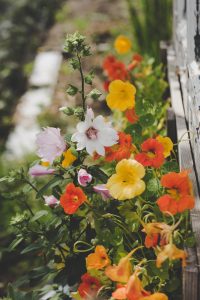
Unsplash
Most gardeners are aware that nasturtium flowers are edible, adding them to salads and desserts for their spicy punch. But don’t look past the edible leaves or seeds of this plant either. Nasturtium leaves, buds and seed pods are completely edible and carry the same peppery taste as the flowers. This quick-growing ground cover can yield masses of leaves to harvest and use in the kitchen, especially great in early spring when there are no flowers vet
How to eat: Throw nasturtium leaves into a salad for a bit of a bite, combining with milder leaves for a more subdued flavour. They can also be chopped and thrown into stir-fries and omelettes, or you can concentrate their strong taste into a spicy pesto. Use the seed pods as a replacement for capers with a similar flavour.
A version of this article was written by Madison Moulton and published in the Garden&Home September 2022 print magazine.
Feature image: Pexels

